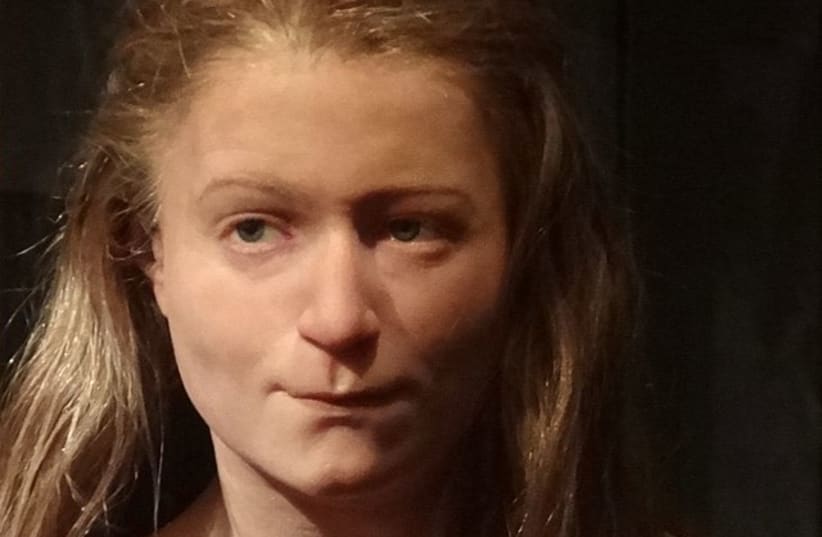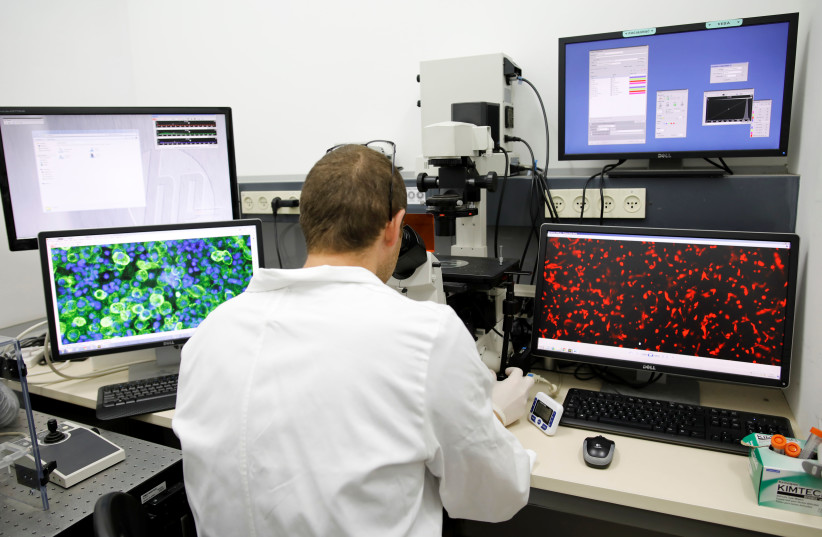The ancient remains of a woman found in the forests of today’s northeastern Sweden show that she was short, had low-set eyes and an upward-tilting nose
Using modern 3D technology, a Swedish archaeologist and artist have brought back to life the face of a 4,000-year-old Stone Age woman complete with her protruding teeth, asymmetric, upward-tilting nose, low-set eyes, and masculine lower jaw.
Using the woman’s skull and full skeleton – which were discovered 100 years ago along with that of a seven-year-old boy in the forests of northeastern Sweden – Oscar Nilsson recreated a life-like reproduction of the woman who likely roamed the forests with her nomadic hunter-gatherer group.
Researchers believe that these oldest skeletons found in Sweden were mother and son.
The woman was just under 1.5 meters (five-feet) tall – short even for her time – and died when she was 30 years old of unknown causes.
Normally, DNA is used to accurately determine features, Oscar Nilsson told National Geographic, but there was not enough DNA from the skull to determine genetic features such as eye color and skin tone, so he used his knowledge about the period to determine that the woman would have likely been light-skinned with dark hair. The bone structure of the skull also gave him hints as to how the woman looked when she was alive.
A pioneer in reconstruction archaeology, Nilsson was approached for the project by curators from the Västernorrlands Museum for an upcoming exhibit. He uses a 3D printed reconstruction of the skull, layered clay representing facial muscles and skin-tone silicone to recreate faces from thousands of years ago. In the past 20 years, he has recreated the faces of 100 ancient people. It took him more than 350 hours to complete his latest work.
“DNA and 3D printing are cool,” Nilsson told the magazine. “But it’s always [about] this emotional bond I and many people experience when we look upon a reconstructed face. It’s that connection that comes first.”

